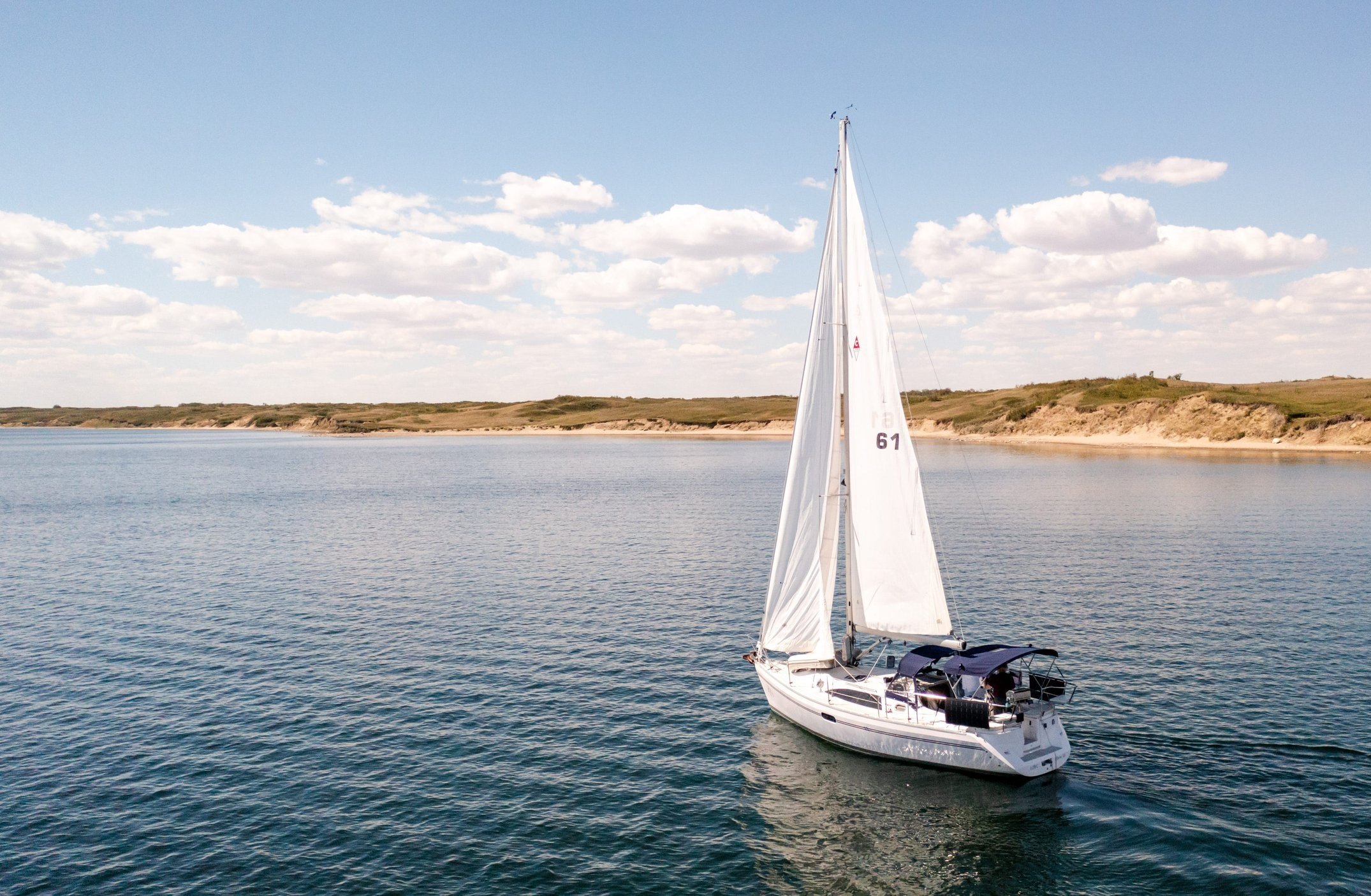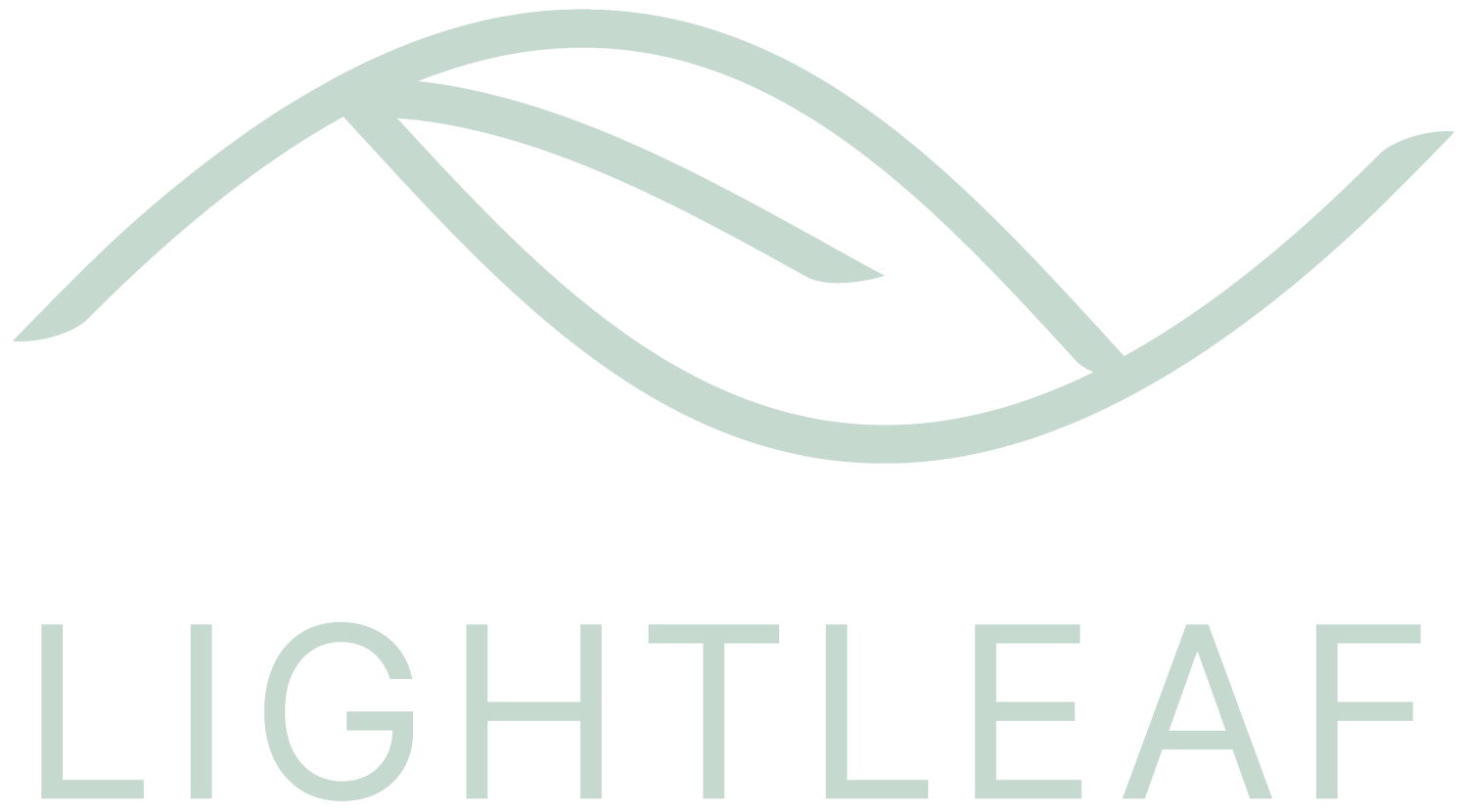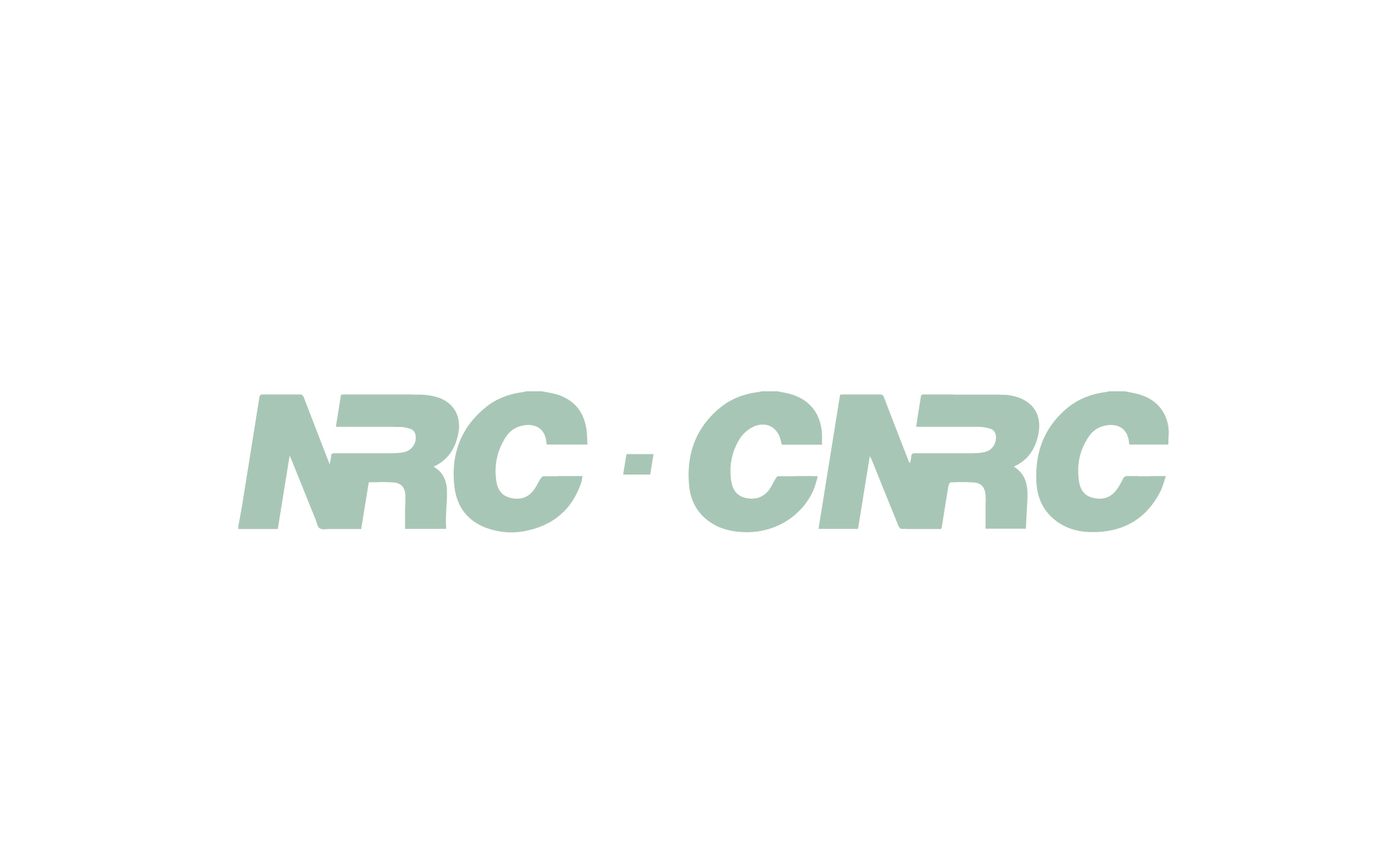
Power that moves you.
Rigid carbon composite panels for things that move.
We provide ultralight, rigid solar panels with incredibly convenient design.
Our rugged carbon fiber solar panels are designed to seamlessly integrate with trailers, sailboats, vehicles, and more. If it moves, we can power it - with panels that are ultralight, efficient, and uncompromising in their strength.











